Bolivia
Adventures
Bolivia
Bolivia
Karl first visited Bolivia in 1995 on the first of two mountaineering expeditions to the Cordillera Real.
At that time, Bolivia was very unstable, plagued by frequent protests, roadblocks and strikes. But when we crossed into Bolivia from Peru, we realized that Bolivia was a lot more stable than the Bolivia of 25 years ago, in large part due to 15 years of economic and political stability under the leadership of Evo Morales, Bolivia’s first indigenous president. Gone were the days of nightly curfews in La Paz and regular blockades on roads throughout Bolivia. Or so we thought.

Adventure Wolves ⓒ 2025